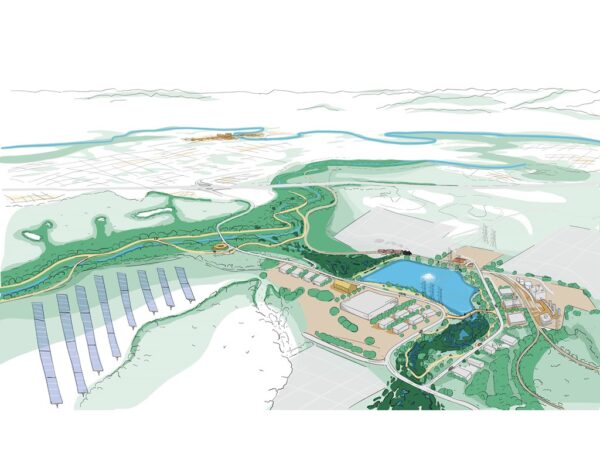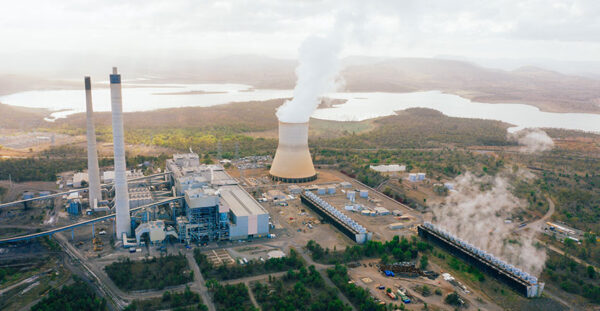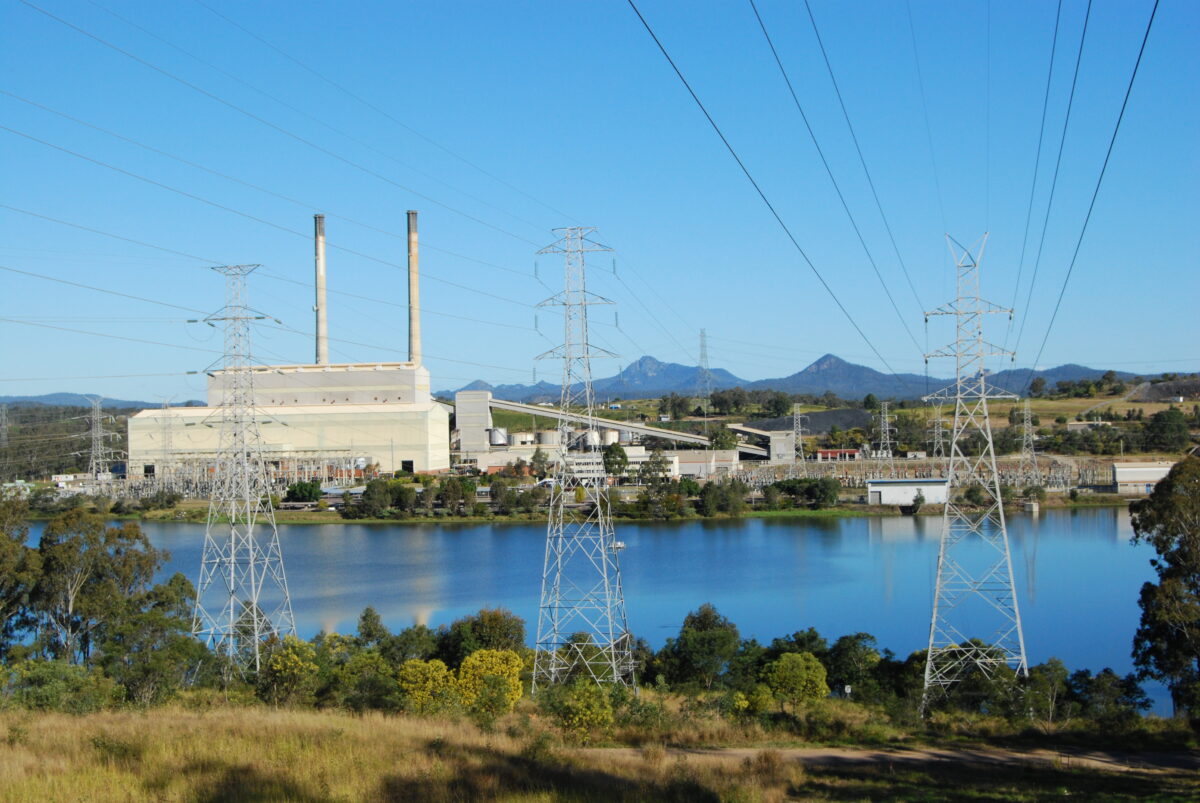A former coal power station site near the city of Ipswich in Queensland’s southeast will be transformed into a clean energy hub featuring a 250 MW/500 MWh big battery, an onsite solar farm and green hydrogen production facilities.
State-owned renewable power generator CleanCo said the proposed Swanbank Clean Energy Hub would be developed on a 336-hectare site on the outskirts of Ipswich west of Brisbane.
CleanCo said the site has an overall transmission network capacity of approximately 1.2 GW, providing significant potential for new energy opportunities that support the state’s renewable energy ambitions.
The site originally hosted two coal-fired power stations with the last of those units decommissioned in 2012. The site is now home to the 385 MW gas-fired Swanbank E power station which is to be integrated into the new renewable energy hub.
CleanCo Chief Executive Officer Tom Metcalfe said the publicly owned company is undertaking a master planning process to guide the development of low-emission energy generation and storage opportunities and identify “how the site may best serve the energy network and the local community into the future.”
“We are progressing a 250 MW battery project and are seeking expressions of interest for alternative energy options including potential hydrogen production and hydrogen use, while also exploring alternative energy storage options,” he said.

Image: CleanCo
Metcalfe said CleanCo will open expressions of interest for businesses to pitch what energy is produced at the site in the coming months.
“We’ll be seeking proposals from industry to develop hydrogen production and use here at the site and also to look at alternative energy storage options,” he said.
Queensland Energy Minister Mick de Brenni said the Swanbank Clean Energy Hub is part of the government’s $62 billion Energy and Jobs Plan, which aims to supply 70% of the state’s energy demands from renewables by 2032, and 80% by 2035.
“What we’re doing is progressing a master-planned approach to a precinct where we’ll bring together wind energy, solar, and the production of hydrogen,” he said.
“The clean energy hub at Swanbank has the potential to generate up to 1.2 GW of power. And to put that into context, that’s over 10% of what Queensland uses each and every day at its peak.”
“The Queensland Energy and Jobs Plan is all about a future of cheaper, cleaner and secure energy for Queenslanders, with 70% of it renewable by 2032.”

Image: CS Energy
The announcement comes a day after state-owned generator CS Energy revealed the company’s coal-fired Callide power station near Biloela in central Queensland won’t be fully operational until January next year.
The 1,540 MW Callide power station, which meets about 30% of the state’s electricity demand, has not operated at capacity since May 2021. That was when the plant’s C4 generation unit was destroyed in an explosion, while the C3 unit was taken offline after structure failure caused a collapse of its cooling tower in September.
The C3 unit was due to return to full capacity by September 30, while the C4 unit was due to be fully operational by October 31.
However, CS Energy said it would delay the return of both units to full capacity so it can rebuild the cooling towers of both units.
The return of C3 had been postponed by six months to 31 December 2023, while C4 has been delayed another eight months.
This content is protected by copyright and may not be reused. If you want to cooperate with us and would like to reuse some of our content, please contact: editors@pv-magazine.com.









Great to hear of such large but concerning BESS Developments across Queensland , and only spending 63 Billion Dollars or so, However , following the fact that 3 TESLA Battery Storage systems have caught fire ,including Moorabool Victoria, which burned for 4 days and spread Toxic Residue across suspected 10 Klm long x average 6 Klm wide section above Geelong , and now listing among 50 plus ESS /BESS Lithium Battery Fires around the world, are we rich
Queenslanders ready to have such lithium Potential Bombs placed into Residental Areas ,some estates have no escape plans ,especially here in Greenbank Sub Station with a 200 Mw 400 Mwh system in progress , Queensland Fire and Rescue and Qld Health have little facilities ,or evacuation routes should Moorabool Cascade be repeated here over the next 30 years , with 25,000 Residents located within a 4 Km radius of the potential Li Disaster. All Queenslanders must Insist that our Government Companies , Clean Co , C S Energy and Powerlink act beforehand to ensure 100 % Safety at whatever cost , if placing BESS within even 10 Km of Ipswich , Springfield , Greenbank and smaller country towns in Queensland .
Lithium Based Large BESS will always pose a danger , and 450 Lithium Domestic Fires listed over the last 18 Months in Australia , makes us feel very secure , All information is available online , ABC reports, TESLA Battery Fires, ACCC Lithium Issues Paper results . I am constantly researching All things ESS storage and EV Cars developments , the more in use , the more potential disasters and threats to our communities. I am Chairman of a liaison team formed in Greenbank New Beith Baptist Church ,located adjacent to Pub Lane Sub Station ,with Negotiations on behalf of our community with POWERLINK and CS ENERGY companies .